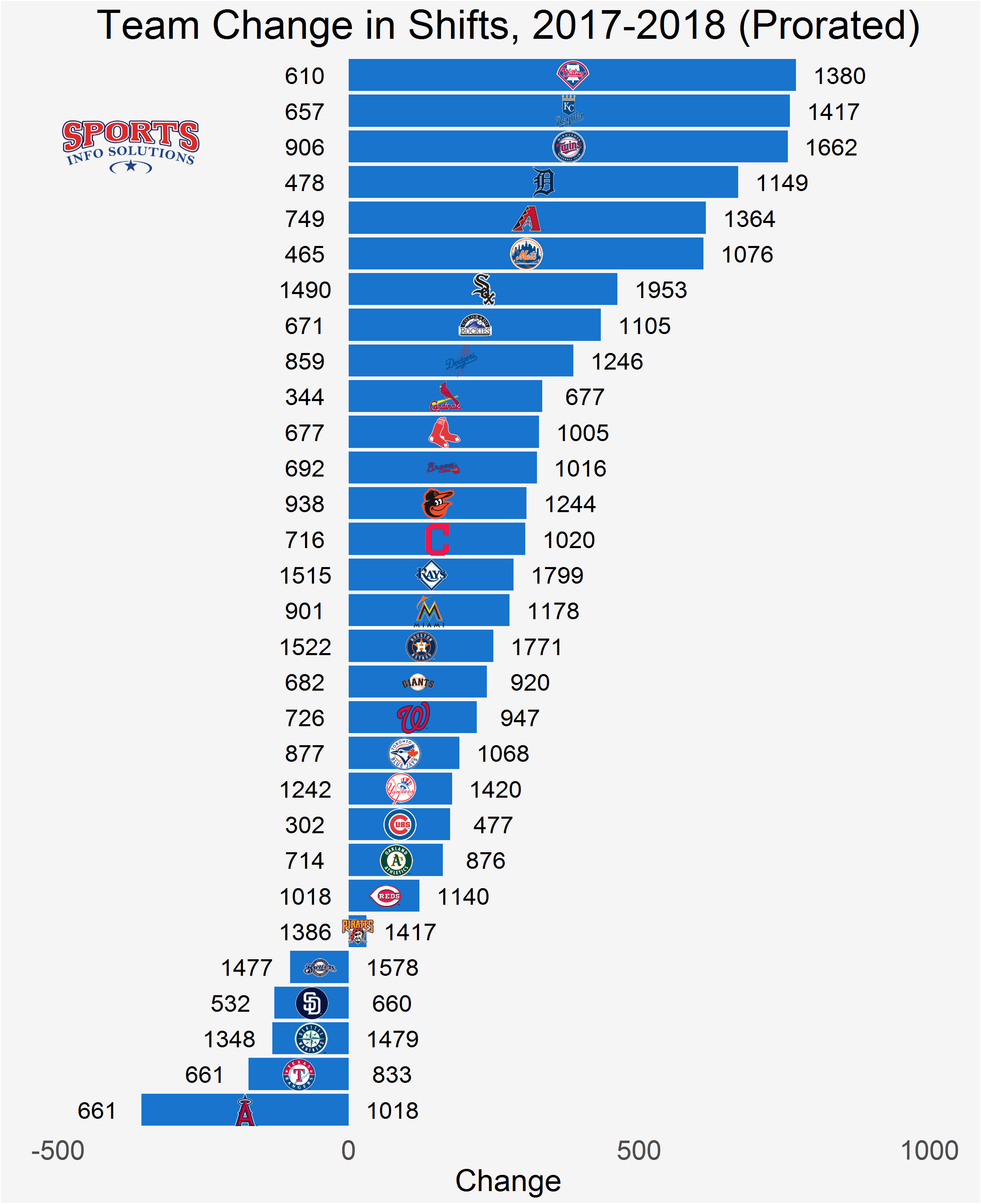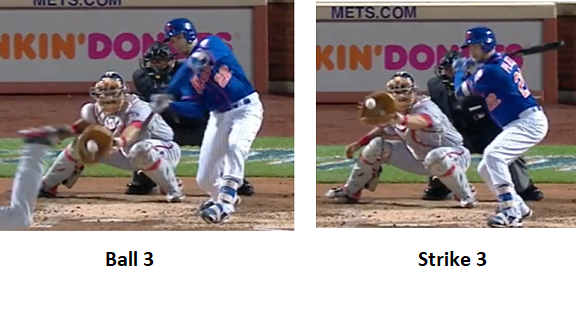If you like this article, you’ll probably like The 2020 Bill James Handbook, available now at ACTA Sports and wherever baseball books are sold.
By Mark Simon
The Baseball Hall of Fame recently announced that its Modern Game ballot for this year will be comprised of nine players who had standout careers in the 1970s, 1980s, and 1990s, and labor leader Marvin Miller.
By Bill James’ Hall of Fame Value stat, four of these players clear the threshold for being Hall of Fame caliber – Lou Whitaker, Dwight Evans, Ted Simmons, and Tommy John.
Hall of Fame Value is a stat introduced in the 2019 Bill James Handbook that combines Win Shares with Baseball-Reference’s Wins Above Replacement. You can read a full description of it here. A score of 500 or better indicates that a player has cleared the Hall of Fame Value standard for induction.
Whitaker fared very well in this statistic (as you can see the list at the bottom of this article). Last year, Bill declared him the second-most deserving position player not in the Hall of Fame who should be in the Hall of Fame (trailing 19th century star Bill Dahlen).
As Bill noted, Whitaker had more Wins Shares and more WAR than Alan Trammell, who was elected to the Hall of Fame in 2018. By Bill’s Similarity Scores, Whitaker’s three most comparable players from a statistical perspective are Hall of Famers – Ryne Sandberg, Trammell, and Roberto Alomar.
Evans ranked right behind Whitaker on Bill’s ‘Most Deserving’ list. He’s an eight-time Gold Glove winner who ranks in the top 90 players in home runs, RBI, times on base, and Runs Created. Had Evans played in an era in which on-base percentage was more highly valued than batting average, the perception of his career among Hall of Fame voters from the BBWAA might have been different. Alas, he’s had to wait patiently for an opportunity like this to come up.
Simmons is a catcher who rates well compared to his contemporaries, even if his basic statistical line doesn’t scream “Hall of Famer” to those unfamiliar with his play. The most comparable player to him for the prime years of his career is Iván Rodríguez. Simmons ranks fourth all-time in Runs Created among catchers, accumulating that over 21 seasons from 1968 to 1988. The only players to have more Runs Created who caught at least 40% of their games are Rodríguez, Mike Piazza, and Carlton Fisk.
John’s legacy is the surgery that bears his name. But he was a very good pitcher too, one who lasted from 1963 to 1989. He pitched more than 4,700 innings to a 3.34 ERA (as well as a 2.65 postseason ERA in 88 1/3 innings). John’s best argument is that eight of his 10 most statistically similar pitchers are in the Hall of Fame. He’s 20th all-time in innings pitched, 26th in shutouts.
Two players fell a smidge below the Hall of Fame Value standard – Dave Parker and Dale Murphy. Parker was one of the most dominant players of the mid-to-late 1970s, posting a .909 OPS with an average of 23 home runs and 17 stolen bases from 1975 to 1979. Murphy had a .913 OPS averaging 36 home runs and 18 stolen bases over a six-season span from 1982 to 1987. There’s a Hall of Fame case to be made for each, but Hall of Fame Value isn’t necessarily the best stat for it.
| Hall of Fame Modern Era Ballot | |
| Name | Hall of Fame Value |
| Lou Whitaker | 651 |
| Dwight Evans | 615 |
| Ted Simmons | 606 |
| Tommy John | 537 |
| Dave Parker | 487 |
| Dale Murphy | 484 |
| Thurman Munson | 467 |
| Don Mattingly | 433 |
| Steve Garvey | 431 |
| * 500 is threshold for Hall of Fame status | |


